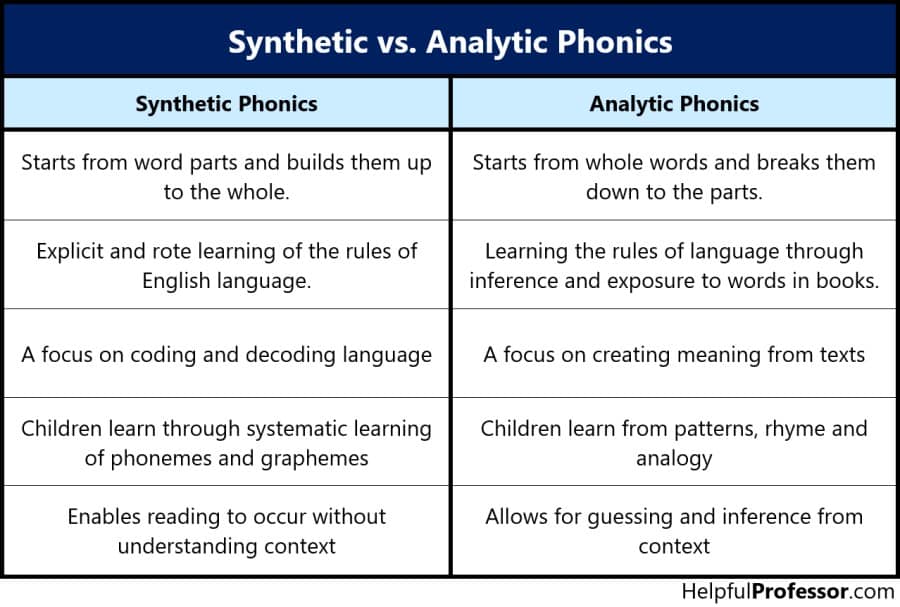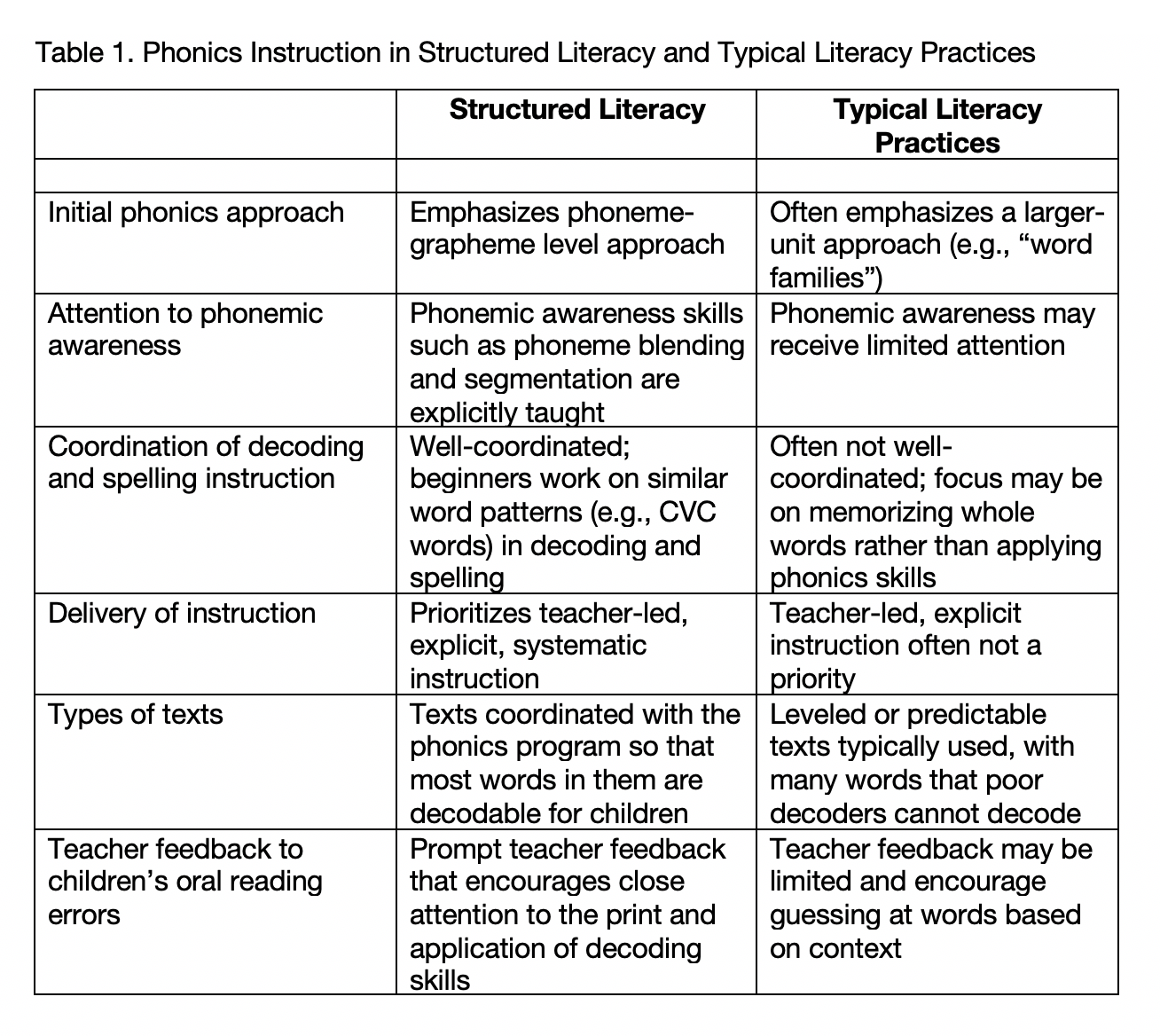
WHY CAN’T MY CHILD READ?
Before we get into the heavy stuff of why your child is struggling with reading, we want to give you some of the answers to those questions which might keep you up at night. Often these are the questions the education sector cannot answer.
Is this my fault?
- No, it’s not your fault and it’s NOT your child’s fault.
- It’s not because you didn’t, or haven’t read enough to your child.
- It’s not because you let your child have a night off from reading their book.
- It’s not because you are not trying hard enough. It’s also not because they’re not trying hard enough.
- It’s not because ‘they’re a busy child and they will catch up,’ – they won’t’ without the proper help.
Is reading a natural process? Are we born knowing how to read?
No. Reading is not a natural process and our brains are not wired to learn to read when we are born. Learning to read is something we need to be taught.
Why can my child speak so well, but has trouble learning to read?
Reading specialist Margie Gillis answers this question well in this video
What approach to reading do New Zealand school’s take?
The majority, in fact almost all schools in New Zealand teach reading using a Balanced Literacy approach, also referred to as the three cueing system or Meaning, Structure and Visual approach (MSV) which incorporates a more child-led approach. This is recommended by the Ministry of Education and is what teachers are trained in at teachers college.
What is Balanced Literacy?
In New Zealand most schools use what’s called a Balanced Literacy approach which is based on a theory and ideology. There is no research or evidence to prove this approach works. A typical Balanced Literacy framework consists of five components including read aloud, guided reading, shared reading, independent reading, and word study. Important foundational skills like phonemic awareness, decoding and encoding are not taught, even for beginners or struggling readers. A Balanced Literacy approach, uses ‘instructional reading groups or instructional writing.’ This means considerable classroom time is spent having children work independently on reading and writing tasks of their own choosing. Teachers do supervise this work and spend time ‘discussing’ work with individual children. However, the way that instruction is organised means that time for teacher-led, explicit instruction is minimal at best. The term ‘child led’ can also be referenced under this approach.
Balanced literacy also uses running records to assess how well a child is learning to read. Alison Clarke from Spelfabet explains why running records are not the best way to assess reading in her blog called ‘Running Records are an uninformative waste of teacher time‘.
How do I know if my child is being taught Balanced Literacy in school?
The easiest and fast way to know is by looking at the books they bring home from school. A typical reading lesson in New Zealand includes levelled or predictable texts. In New Zealand these are referred to as PM Readers and normal Ready to Reads (not phonics plus books) and children are grouped in levels by colour using the colour wheel. These texts use many words that poor readers cannot read, with pictures that usually encourage guessing.
For instance, a predictable text a child might bring home will have sentences such as:
- William found his lunch.
- William found his crayons.
- William found his backpack.
With accompanying pictures of William getting his ‘lunch’, ‘crayons’, and ‘backpack’. With words spelled with varied and relatively complex phonics patterns, and pictures that enable guessing, this type of text does not encourage children to look carefully at the letters in words to decode (read) them. The child is memorising the words and you can normally recognise this when they read the book. They often don’t even look at the words they are meant to be ‘reading’ instead they are getting ready to turn the page or they are looking at the picture. Teachers will encourage your child by saying, “Well done, good reading.” This creates bad habits and gives a false impression of how we learn to read.
Image taken from Reading Rockets
There is no order or reason why these words are introduced to a child except for the child to memorise them. This is not reading.
RED FLAG – If your child struggles with reading no matter if it’s called dyslexia or another learning disability, they almost always have poor working memory. This means they can’t hold the words in their memory long enough to memorise all the words no matter how hard they try.
Let’s have a good look at the words on the pages above, remembering these are the books that are being sent home from your school for your child to read every day. Straight away we can see the double /ee/ vowel in the word ‘see’, the ‘k’ sound spelt /ck/ in the word ‘duck’ and the sound /l/u/ll/ in the word ‘doll’. The ‘k’ sound has a spelling rule for when to use /ck/ vs /k/ and the /l/u/ll/ has a spelling rule telling you when you double the /l/ called the Floss rule. How can we expect a child who has just started school to read these words if they have not been taught the sounds or rules of the alphabetic code? Unfortunately in New Zealand we try to by teaching strategies like:
- Does it sound right? (encourages guessing)
- Does it look right? (encourages guessing)
- Does it make sense? (encourages guessing)
- Look at the picture? (not at the words, encourages guessing)
- Skip the word and read to the end of the sentence and see if you can work it out (encourages guessing)
- What is the first sound of the word? (children should be encouraged to sound out the word)
Children are encouraged to activate the ‘three cueing system’, which promotes guessing based on semantics (context clues, pictures, background knowledge), syntax (use of language patterns), or graphophonic cues (sounding out words). This is also called Balanced Literacy and MSV (meaning, structure and visual) in New Zealand.

Image sourced from Reading Rockets
The scary part is many teachers are trained to believe that small errors such as reading ‘house’ instead of ‘home’ or ‘horse’ instead of ‘pony’, using ‘a’ for ‘the’ or ‘this’ for ‘that’ can be ignored, because they do not greatly alter meaning.
The second part that will help you know if your child is being taught Balanced Literacy is what type of phonics are being taught in the classroom. A frequent response from schools using a Balanced Literacy approach is, “But we do teach phonics!” This is generally true but there are two types of phonics: Systematic Synthetic Phonics and Analytic Phonics. It is important to understand the difference. The following table shows the difference:

The main issues with phonic programmes that are not systematic synthetic phonics is:
- They don’t focus on decoding (putting sounds together to read words) or encoding (pulling the sounds apart to spell words).
- They don’t teach all the 44 sounds of the English language.
- The programme is designed to work with a Balanced Literacy approach and using predictable texts. It is an add on.
- The programme doesn’t follow a systematic and cumulative scope and sequence.
- The children are taught phonic patterns/sounds in isolation. The spelling words don’t reflect the sound/pattern they have been taught.
- There is no decodable book or writing task to support the learning or review the sound/pattern that has been taught.
This table reflects the different phonics instructions between Structured Literacy that uses an evidence based systematic synthetic phonics approach to teaching phonics vs a Balanced Literacy approach with an analytical phonics programme.

Image taken from the International Dyslexia Association website.
The last way to understand if your child is being taught Balanced Literacy is to look at their spelling words. If they’re given a random list of words to memorise by Friday and they use the Look, Cover, Write, Check strategy this reflects a Balanced Literacy approach:
- Look at the word
- Cover the word over with a piece of paper or their hand
- Now write the spelling word again next to the word
- Then uncover the spelling to check if they have got it right.
This is not teaching spelling, this is teaching them how to memorise a whole word using a Balanced Literacy approach.
RED FLAG – kids with poor working memory can’t achieve this and will have the same words week after week.
Why can some children learn to read using Balanced Literacy?
This is a great question and has caused and is still causing many debates today. In fact this is what the Reading Wars were about, but let’s not go there because science won the war! We know from the research that is called the Science of Reading how the brain learns to read. MRI scans have given us the ability to literally see what is happening in the brain when we read.
Reported in Hempenstall, K. (2016). Read about it: Scientific evidence for effective teaching of reading, Reid Lyon reported research found:
About 40% of children learn to read readily with minimal instruction. These are the kids who are successful under a Balanced Literacy approach. About 30-40% of children will need significant support to make progress in reading. The kids who are struggling and can muddle through for quite a few years until the wheels fall off around year 3 or 4 and they will usually improve quickly when evidence-based intervention is taught. For 20-30% of children reading is a seriously difficult task requiring exemplary instruction. These kids MUST be taught to read using an evidence-based approach to reading that uses a systematic, cumulative, explicit, diagnostics and code based instruction.
To answer the question, can children learn to read using Balanced Literacy practices? Yes, roughly 40% of children can learn to read using Balanced Literacy, but that leaves roughly 60% of our kids who are failing to learn to read.
We have now given you the reason why your child is struggling to read due to the reading approach that is being taught in New Zealand.
Now, we can talk about what is the best approach:
Structured Literacy is an evidence-based approach to reading and spelling and is recommended by the International Dyslexia Association for children with dyslexia.
To learn more please head to ‘What does Structured Literacy look like in intervention?‘ and ‘What is Structured Literacy?‘
Note: This information was created by Sharon Scurr, the founder of the Dyslexia Evidence Based Group (the deb) and the content has been approved by Jodi Clements, the President of the Australia Dyslexia Association (ADA).
This document was created by Sharon Scurr, founder of the deb, December 2021.